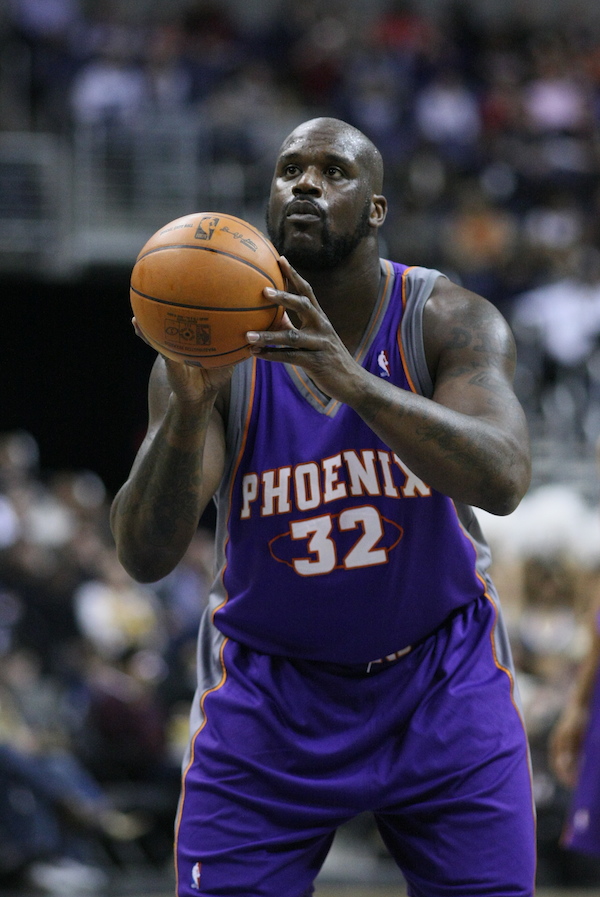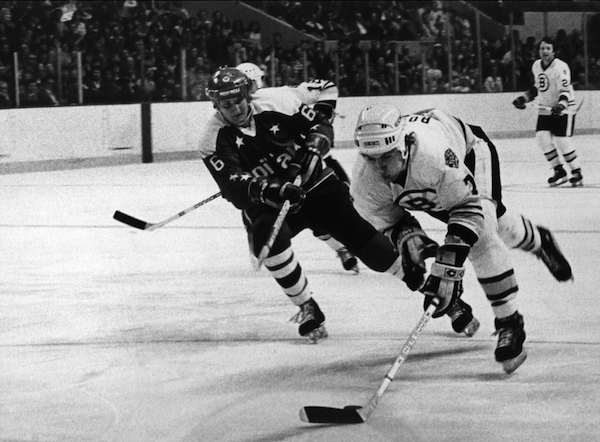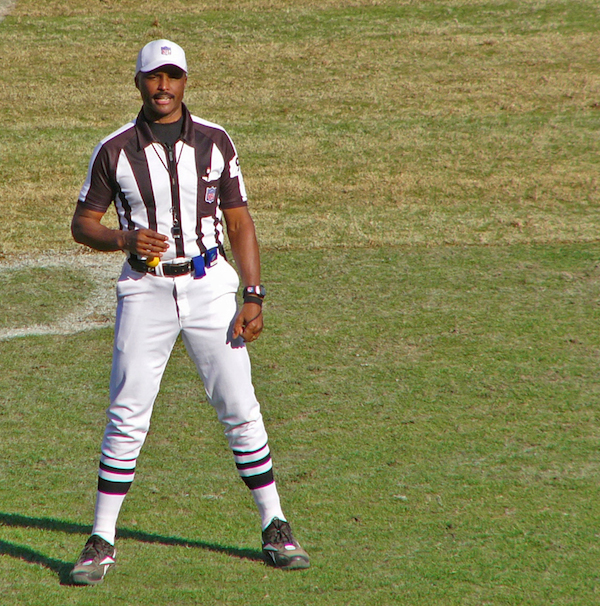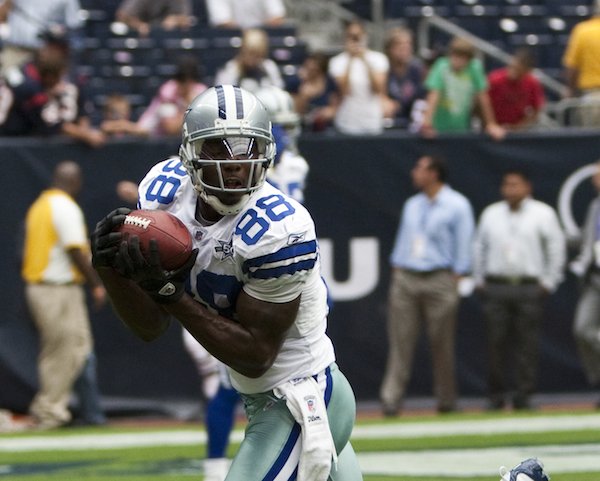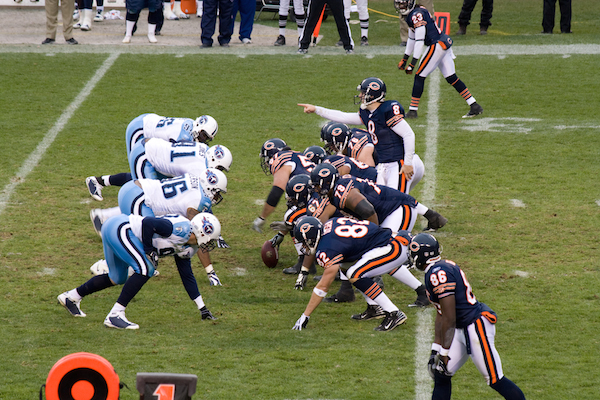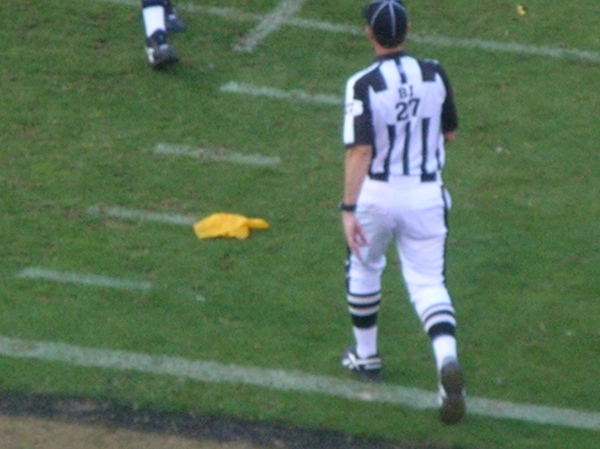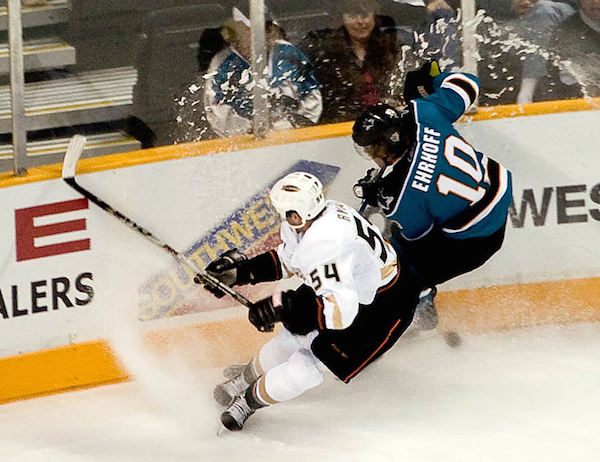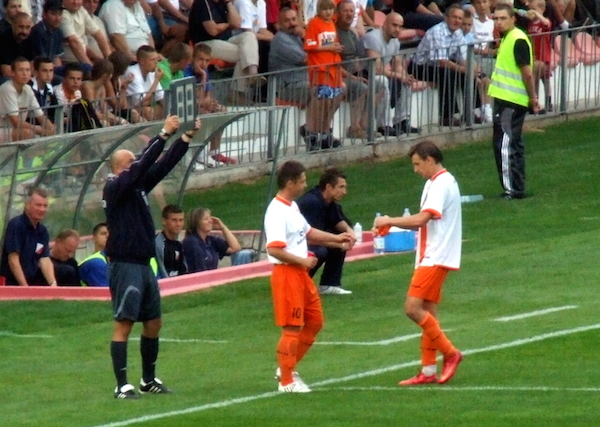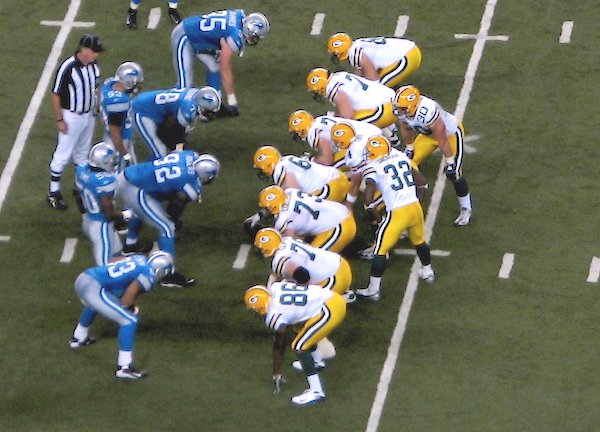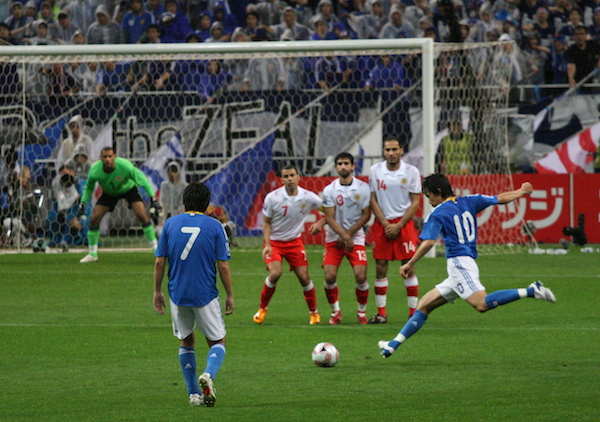Dear Sports Fan,
How do free throws work in basketball? It seems like usually a player gets two shots, but then sometimes it’s only one. Can you explain?
Thanks,
Justin
Dear Justin,
A free throw is one element of the penalty given to a player who commits a foul in basketball. The player who the foul has been committed on, if he or she is given a free throw, gets to shoot the ball from the free throw line without any interference from the defending team. The free throw line is fifteen feet away from the basket and, although it is a few feet long, most players shoot from the middle of it, so that they have a straight shot at the basket. Each made free throw is worth one point. Free throws are a valuable commodity because they are among the easiest shots in basketball. Towards the end of games, they become even more valuable to the team that’s behind because they are a way to score without any time elapsing. There are a bunch of different ways to earn a free throw. It’s technical but not incredibly complicated.
Any time a player is fouled while she is shooting (or in the overly technical jargon of sports, “in the act of shooting”) she is awarded the same number of free throws as points she would have scored if her shot had gone in. Usually this is two free throws, but if she was shooting from behind the three-point line when she was fouled, she would get to shoot three free throws. If, despite being fouled, the shot goes into the basket, the basket counts for two or three points (depending on where it was shot from) and the shooter is given a single free throw in recognition of having been fouled. This is called an “and one” and we wrote an entire (and somewhat entertaining, if I remember right) post about it. Fouling a three-point shot is never a good idea, because the expected value of a three-point shot is lower than three successive free throws. Figure that a good three-point shooter will make between 30% and 50% of their three-point shots. One way of looking at this percentage is to imagine that every time they shoot a three, you should expect their team to get between 1 and 1.5 points from that action. Most good shooters make around 80% of their free throws, so if they are given three of them, using the same logic, you should expect them to earn 2.4 points. Fouling a three-point shot that goes in is just about the worst thing you can possibly do, because it gives the other team the chance to earn four points in a single possession.
Depending on the situation, a player that is not shooting the ball when they get fouled may still get to shoot free throws. The most common reason for them to shoot free throws is if the fouling team has fouled too many times in that period of the game. In the NBA, teams are allowed four fouls per quarter before non-shooting fouls earn free throws. In college basketball, it’s a little more complicated. A team is allowed six fouls per half before the other team starts earning free throws. From foul seven to foul nine the player that has been fouled must make their first free throw in order to earn a second. This period is called the bonus or one-and-one. After the ninth foul in the half, any player who gets fouled earns two free throws, just like they would in the NBA after the fourth foul of the quarter. This is called the double bonus. The only other oddity about free throws is the one that is shot as the result of a technical foul. A technical foul is given for a violation of the rules that doesn’t involve physical play within the game. The two most common reasons for technical fouls are arguing, cursing, or otherwise antagonizing a ref and for staying under the basket on defense for more than three seconds without actively guarding an opposing player. When a technical foul is called on one team, the other team gets to choose any player on their team to shoot one free throw and then the game picks up wherever it left off.
As we mentioned in the opening, the clock stops while free throws are being shot. This leads to some tactics at the end of the game that are useful but often very unappealing to watch. If a team is down near the end of the game, they may choose to foul the other team, intentionally giving them free throws but stopping the clock. The idea is to trade free throws for time. Instead of letting the other team run 24 seconds in the NBA or 35 seconds in college basketball off the clock, the trailing team can foul almost immediately, stop the clock, and get the ball back after the free throws. If the team that’s up misses a few free throws and the trailing team can hit three pointers when they have the ball, they can sometimes catch up. When the alternative is certain defeat, even a long-shot strategy like this one is better. Sometimes teams will adopt this strategy earlier in the game if they feel they can take advantage of a player’s inability to hit free throws. Except for technical fouls, the player who gets fouled has to shoot the free throws, so fouling a particularly inept free throw shooter can be an advantage. The most famous example of this was when it was used against Shaquille O’Neill and it picked up the nickname, “Hack-a-Shaq.” Like how the suffix “-gate” is used generically for all scandals now, the prefix “hack-a-” is used for any version of this tactic now.
The last tactic teams use when they choose to give away free throws is actually adopted by teams that are winning in the last few seconds of a game. If a team is up by three points, they may choose to intentionally foul a player to give up two free throws with the knowledge that two points cannot hurt them. The risk of this is that if the player they try to foul can immediately jump up and shoot and convince the ref that they were in the act of shooting a three pointer, they could be given three free throws. In disastrous, doomsday scenarios, that player might also be able to make the three point shot, earning an extra free throw for a fourth point and the lead. That’s what happened to the Indiana Pacers against the New York Knicks in the 1999 playoffs:
So, yes, free throws can be given out in quantities of one, two, or three. There are lots of different rules that dictate when and how many are given but they are mostly understandable. Free throws are a good way of penalizing teams who foul but they lead to some tactics at the end of the game that are almost always (with some notable exceptions) ugly, boring, and unsuccessful.
Thanks for reading,
Ezra Fischer

